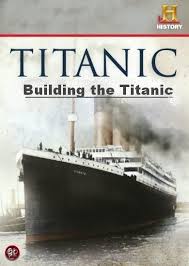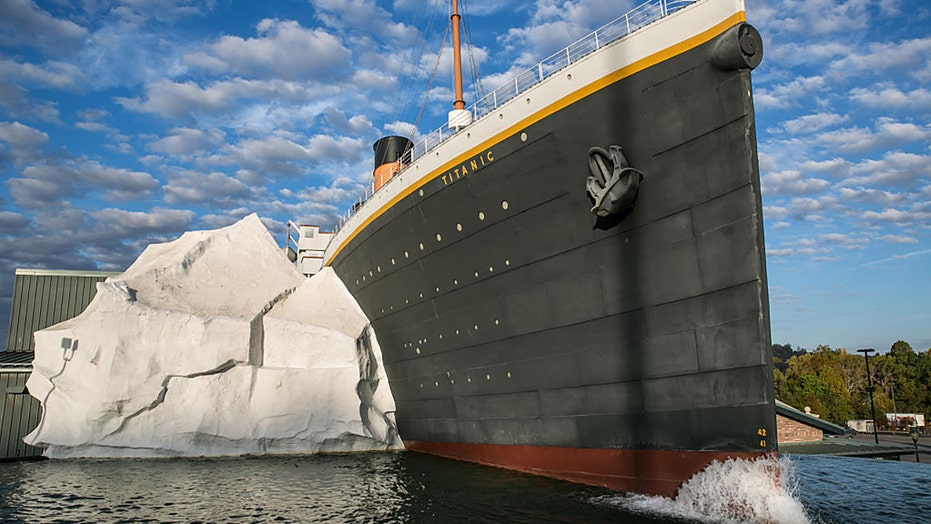
Competition spawned the Titanic. In 1907, the White Star Line’s rival, Cunard, launched the two fastest passenger ships then in service, the Mauritania and the Lusitania. That same year, the White Star Line’s Chairman, J. Bruce Ismay, wanted to top Cunard, and he decided to do so based, not on speed but on size and luxury.
To design and build these new ships, dubbed the Olympic class, the White Star Line, turned to Harland & Wollf, its longtime shipbuilder. Naval architect Thomas Andrews, who later perished when the Titanic sank, headed up the design of the new vessels. Construction started on the first such vessel, dubbed the Olympic, in late 1908.
Designed to be the world’s largest passenger steamship upon its completion, the Titanic was nearly 883 feet long and 104 feet high. Accommodations for first class passengers included palatial state rooms, some with their own promenades, along with a grand staircase, library, smoking room, squash court, sumptuous restaurants and other amenities. Second and Third Class accommodations, while far less posh, were still considered better than their counterparts on other ships.
Titanic: Into the Heart of the Wreck
 Titanic At 100 Mystery Solved
Titanic At 100 Mystery Solved
At the 100th anniversary of Titanic’s sinking, a team of scientists, engineers, archaeologists and imaging experts have joined








You must be logged in to post a comment.